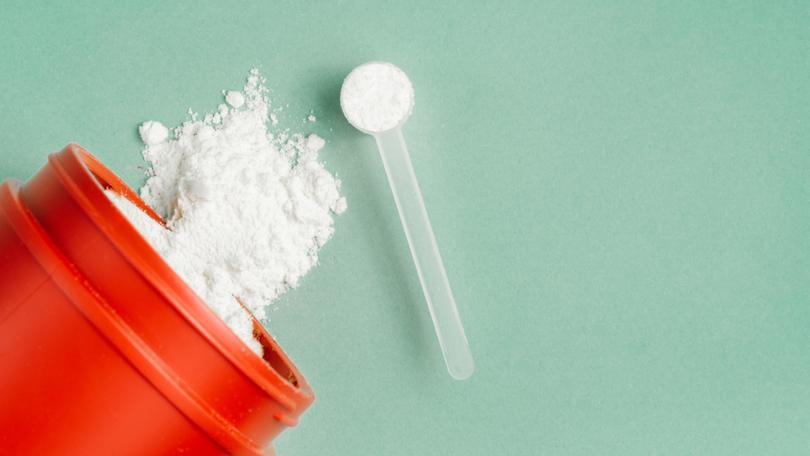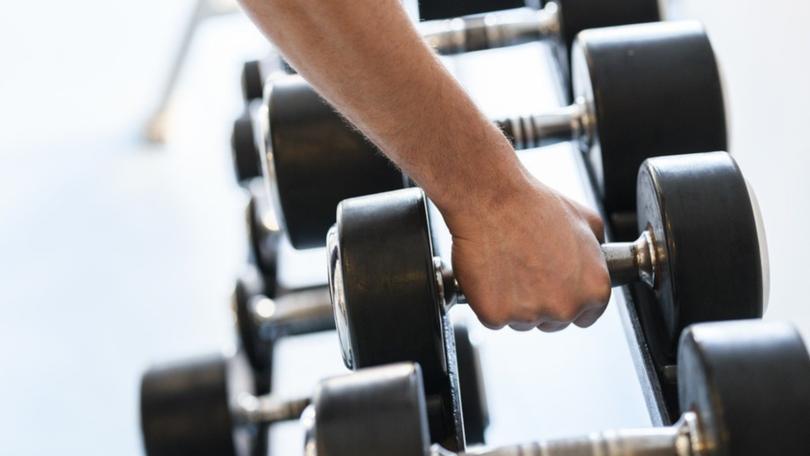SARAH DI LORENZO: Creatine was the supplement for body builders but now it’s used for so much more

No longer just for muscles and bodybuilders, now doctors recommend this supplement for brain health and longevity, so what’s all the fuss about . . .
Creatine has been around for a long time, used by recreational and professional athletes, but recently has regained popularity.
As a practitioner I have mostly been asked about creatine from patients of mine who are wanting to get the most out of their workouts, usually teenage boys or bodybuilders or people who regularly weight train but now I am getting asked by all age groups including women.
Sign up to The Nightly's newsletters.
Get the first look at the digital newspaper, curated daily stories and breaking headlines delivered to your inbox.
By continuing you agree to our Terms and Privacy Policy.For a bit of background, creatine supplementation gained popularity after the 1992 Olympic Games in Barcelona, even though it was first discovered in 1832.
So, you are thinking, what is creatine?
Well it is a supplement that helps your muscles produce energy during intense workouts including lifting weights.
It can increase strength and muscle mass plus improve brain function and lower blood sugar.
There is also no scientific evidence to support it is unsafe for a healthy individual.
Humans naturally produce creatine and from a chemical perspective it is similar to amino acids that help build protein.
Our body produces creatine from amino acids and our creatine stores come from the protein we eat, especially fish and meat.

Our body stores creatine as phosphocreatine in our muscles, when we supplement we increase our stores of phosphocreatine, imagine this like energy stored in cells.
Creatine also helps our body produce more ATP (adenosine triphosphate) — an energy molecule.
More ATP means better performance when exercising.
How it actually works is that when exercising it increases phosphocreatine stores in our muscles resulting in more energy.
Creatine also helps gain muscle by improving cell signalling, repair, growth, cell hydration, reduced protein breakdown, lower levels of myostatin which when elevated slows new muscle growth.
But as well, creatine phosphocreatine stores in your brain, improving brain health.
Creatine can be used for short and long term muscle growth and is not just for athletes, people who are sedentary or the elderly can use it.
For the elderly this is really important to strengthen and lead to less fractures and falls.
To give you an indication of how effective it can be for exercise research shows it can increase muscle fibre growth two to three times so excellent for adding muscle mass.
When it comes to our brain, there are some pre-clinical studies indicating creatine may help with neurodegenerative diseases like Parkinson’s and Alzheimer’s Disease, traumatic brain injuries, amyotrophic lateral sclerosis and epilepsy.
Creatine has also been shown to possibly help with short term memory and intelligence.
There is emerging research showing creatine also has important anti ageing effects.
Creatine can protect against cognitive decline, heart failure, reducing insulin levels and enhance our mitochondrial function therefore reducing ageing.
There are experts who see creatine as a meal to delay neurodegenerative disease, strengthen memory and fight off age related disease making it excellent for longevity.
Creatine can also be helpful for vegans and vegetarians because they don’t eat much meat as they tend to have lower creatinine levels. Other benefits include helping treat fatty liver, heart health and possibly reduce stroke related damage.
Right about now you are thinking what is the best form to take and how much do I need.
The most well researched is creatine monohydrate and the best to take with hundreds of studies to support it.
If you are looking to load creatine then you would take 20 grams per day, taking 5 grams four times a day.
Plus you do need protein in your diet to enhance absorption of creatine, although this can cause bloating.
For maintenance you take 3-5 grams per day and stick with this.
Creatine does pull water into your muscles so you may see a small increase of weight on the scale, but rest assured it is water weight not fat so be sure to stay hydrated.
From a safety point of view, creatine is very well researched with no evidence it is harmful but if you do have any preexisting conditions always consult your doctor before taking it.
My advice is do not exceed the recommended dosage as you can get bloated and, in some research, increased markers of kidney damage.
Creatine simply gives muscles more energy and leads to changes in cell function leading to muscle growth enhancing athletic performance as well recovery.
But creatine also supports healthy muscle ageing and brain health.
Creatine can be for everyone. My advice for those wanting to take it is to stick to 5 grams per day.

